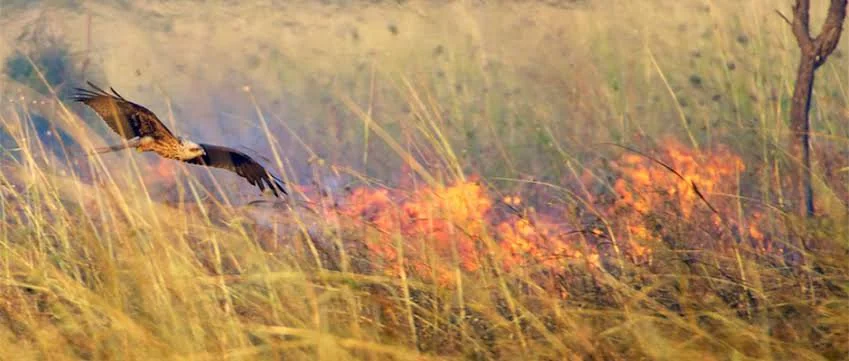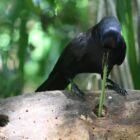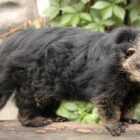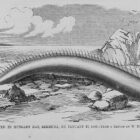Do some birds of prey use fire to hunt?

The mastery of fire was a fundamental milestone in the physical, cultural, and technological evolution of humans. Fire has the ability to make certain foods edible or more easily digestible, enable the creation of tools, and implement more productive hunting strategies. A campfire has often been the focal point of human social activities.
Until now, it was generally believed that fire control was a uniquely human trait, one of the skills that significantly sets us apart from the rest of the animal kingdom. However, in recent years, evidence has accumulated suggesting that some Australian raptors may also deliberately use flames as a tool to enhance their hunting opportunities.
Kites and Falcons Harnessing Fire, as the Aborigines Said
In 2016, ornithologist Bob Gosford documented several instances where certain raptors, such as the black kite (Milvus migrans) and the brown falcon (Falco berigora), actively contributed to the spread of natural bushfires. This ability was already known to Australian Aborigines but often doubted by the scientific community due to a lack of evidence.
The evidence gathered by Gosford, however, was not conclusive in proving whether Australian raptors contributed to the spread of fires inadvertently or with a specific predatory intent.
To obtain a definitive answer about their behavior, Gosford spent 2017 collecting additional testimonies that seem to confirm the fact that Australian kites and falcons use flames as a tool to facilitate their hunting activities.
Over 20 reports from various eyewitnesses describe how some raptors were observed using their beaks to grab burning pieces of wood and transporting them to areas not yet affected by the fires. They intentionally set bushfires to flush out their preferred prey.
It is believed that these birds take advantage of flames generated by lightning, which often cause bushfires in the northern regions of Australia.
Hunting with Flames
Natural bushfires are a well-known dynamic in these areas and contribute to maintaining a healthy ecosystem. Local plants have adapted to a cycle of “destruction and rebirth” and are not significantly affected by the destructive effects of fire.
A secondary effect of bushfires is the escape of terrestrial animals from the flames. Whether small or large, all creatures living on or spending time in trees are naturally terrified of flames and tend to move away at the first sign of danger.
These escapes from fires are eagerly awaited by the raptors. Sooner or later, their preferred prey will be forced to come out into the open, in areas with less vegetation cover (such as transition zones), making them perfect targets for these predatory birds.
Apparently, some raptors have understood the connection between bushfires and the availability of easy prey so well that they have learned to actively participate in the spread of flames.
Birds of Prey Starting Fires
At least three species of raptors (whistling kite, black kite, and brown falcon) have been observed carrying small burning twigs for over 50 meters to areas of unburned land or not along the path of a fire. They intentionally start the fire and wait for their prey to emerge.
This way, Australian raptors can optimize their hunting strategies by exploiting the fear that flames evoke in every animal. One account collected by Gosford recounts a bushfire in Kakadu: firefighter Dick Eussen was battling the flames with his colleagues, but every time they contained one outbreak, another would immediately start on the opposite side of the road.
Upon the seventh occurrence of an unexpected new outbreak, Eussen and his companions discovered the culprit: a whistling kite (Haliastur sphenurus) continuously picked up burning twigs from the fire they were trying to control and deposited them behind them, igniting another outbreak and waiting for small rodents, amphibians, or reptiles to come out into the open.










